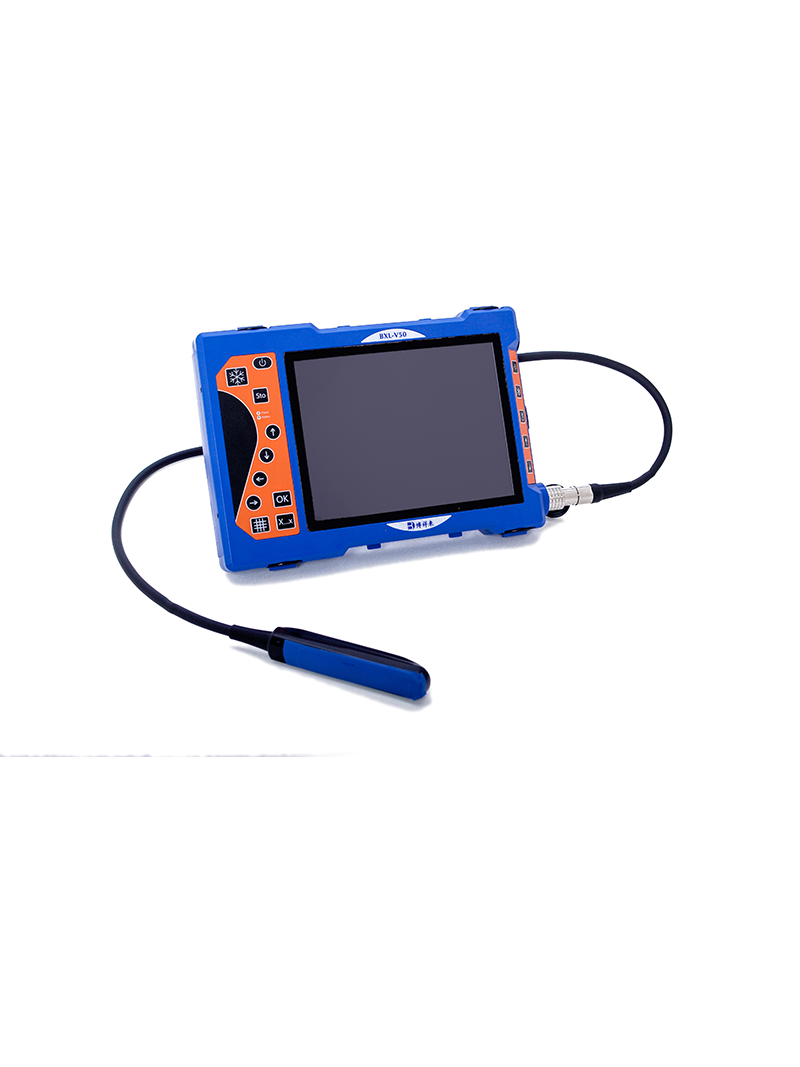Veterinary ultrasound technology has emerged as a pivotal tool in animal research, offering unparalleled insights into the health and physiology of animals. The BXL Veterinary ultrasound, a state-of-the-art imaging device, has become a cornerstone for many animal research institutes worldwide. This article explores the key applications, benefits, and considerations of using BXL veterinary ultrasound in the context of animal research.

What is BXL Veterinary Ultrasound?
The BXL veterinary ultrasound is an advanced imaging system specifically designed for veterinary and research applications. Using high-frequency sound waves, it generates real-time, detailed images of internal structures such as organs, tissues, and blood flow. Its non-invasive nature and radiation-free technology make it ideal for diverse research purposes, ranging from basic anatomical studies to advanced physiological experiments.
Applications of BXL Veterinary Ultrasound in Animal Research
1. Reproductive Studies
In research settings, understanding reproductive health is crucial for studying animal breeding, genetics, and population dynamics. The BXL veterinary ultrasound facilitates:
Pregnancy Monitoring: Researchers can track pregnancy stages, study fetal development, and monitor maternal health.
Fertility Research: Assess reproductive organ health, ovulation cycles, and breeding efficiency.
Species-Specific Studies: Conduct reproductive studies on rare or endangered species without causing harm.
2. Disease Research and Diagnosis
Animal research institutes play a vital role in studying diseases that affect both animals and humans. The BXL veterinary ultrasound aids in:
Pathological Studies: Visualizing internal organ abnormalities to study disease progression.
Infectious Disease Research: Monitoring the effects of infections on internal organs, such as the liver, kidneys, and lungs.
Therapeutic Testing: Evaluating the efficacy of new treatments or drugs by observing internal changes over time.
3. Physiological Studies
The real-time imaging capabilities of the BXL veterinary ultrasound make it an indispensable tool for physiological research:
Cardiovascular Studies: Examine heart function, blood flow, and vascular health.
Gastrointestinal Research: Study digestion processes and identify abnormalities in the digestive tract.
Musculoskeletal Analysis: Evaluate muscle structure and function, critical for understanding locomotion and physical rehabilitation.
4. Wildlife and Conservation Research
BXL ultrasound is particularly valuable for studying wildlife and supporting conservation efforts:
Non-Invasive Monitoring: Conduct health assessments of wild animals without the need for invasive procedures.
Population Health Studies: Track the health of populations in the wild or captivity to inform conservation strategies.
Endangered Species Research: Support breeding programs and study physiological adaptations of endangered species.
Benefits of BXL Veterinary Ultrasound in Research
1. Accurate and Detailed Imaging
The high-resolution imaging capabilities of the BXL ultrasound enable researchers to gather precise data, ensuring reliable results.
2. Safe and Non-Invasive
The non-invasive nature of ultrasound minimizes stress and risk to research animals, making it ideal for longitudinal studies and sensitive species.
3. Versatile Applications
From reproductive studies to disease research, the BXL veterinary ultrasound offers versatility across various research domains and species.
4. Real-Time Monitoring
Real-time imaging allows researchers to observe physiological processes as they occur, providing deeper insights into animal health and behavior.
Key Considerations for Animal Research Institutes
1. Training and Expertise
Proper training is essential to operate the BXL ultrasound effectively and interpret the results accurately. Institutes should invest in staff development to maximize the device's potential.
2. Ethical Compliance
Using ultrasound technology in research must align with ethical standards, ensuring minimal discomfort to animals and adhering to institutional and legal guidelines.
3. Cost and Maintenance
While the initial investment in BXL veterinary ultrasound equipment may be significant, its long-term benefits outweigh the costs. Regular maintenance and calibration are necessary to ensure consistent performance.
4. Collaboration with Veterinarians
Partnering with veterinarians can enhance the quality of research, particularly in studies involving complex health conditions or rare species.
tags: Veterinary Ultrasound


